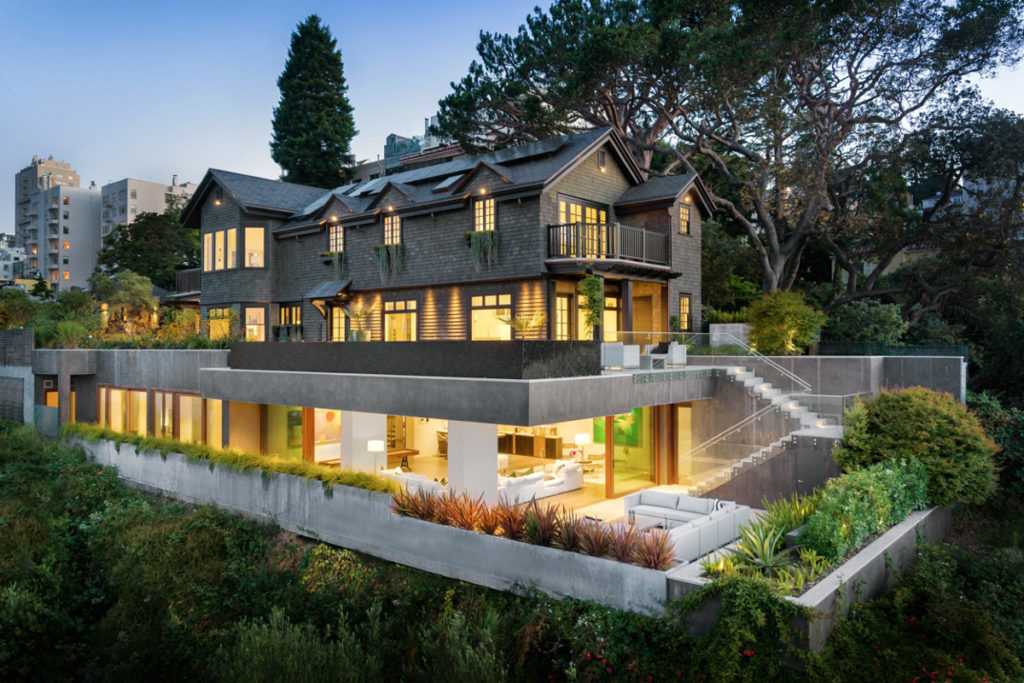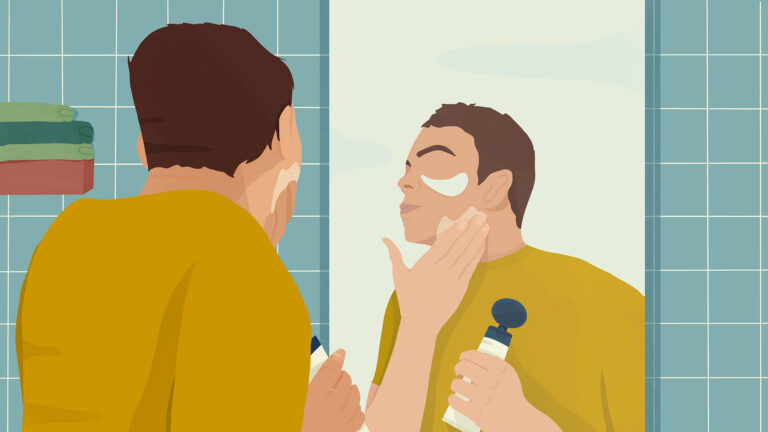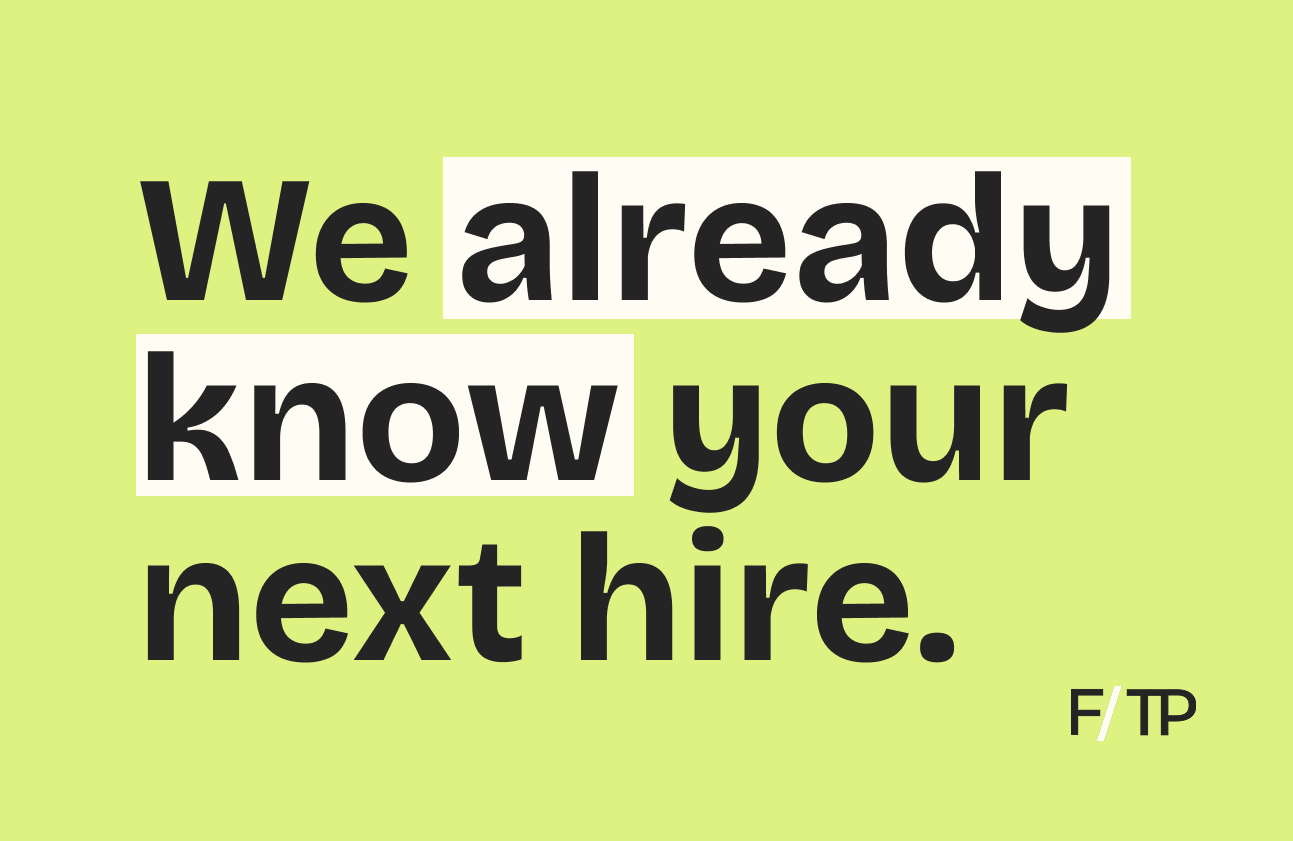Now more than ever, buildings are being designed and constructed with our health in mind.
With an emphasis on clean air, pollutant-free environments, and biophilic design, this movement hopes to improve our quality of life.
But, can your house really help you live longer? Let’s take a look.
Extreme Makeover
Wellness is transforming real estate:
- The global wellness real estate market is expected to reach $197B by 2022.
- In North America, the market is worth $52B and is growing by 6.4% annually.
- There are an estimated 1.3M potential buyers each year in the US for wellness-oriented homes and communities.
What it is: In the simplest form, wellness real estate refers to buildings proactively designed and constructed with an occupant’s holistic health in mind.
The standard
Merging wellness and real estate isn’t a new idea. But trademarking the words Wellness Real Estate and selling a “WELL” building certification foreshadows what’s ahead for this burgeoning industry.
More specifically, Delos is the owner of the aforementioned trademark and the company behind the WELL Building Standard. Founded by former Goldman Sachs partner Paul Scialla, Delos has raised some $237M in funding at an $800M+ valuation to redefine Wellness Real Estate™.
Following the model set forth by the LEED green building standard, Delos certifies residential and commercial spaces that comply with its WELL standard for air, water, nourishment, light, fitness, comfort, and mind. Of note, LEED is administered by a nonprofit. Delos is anything but.
According to Forbes, Delos has handled 1,555 projects totaling 314M square feet in 48 countries, earning an estimated $20M in revenue last year from certifications alone.
The amenities
What goes into creating a “WELL” home? Use your imagination. A few of the non-negotiables include water and air filtration systems that remove pollutants, allergens, and toxins.
Next, the lighting can sync with your circadian rhythm, producing energizing light in the morning and melatonin-enhancing light in the evening. There’s even posture-supportive flooring and surfaces that destroy bacteria.
From meditation rooms and infrared saunas to vitamin C-infused showers and electromagnetic shields, the list of upgrades is long and growing. And like the broader trends in wellness lifestyle, money is the only limiting factor in accessing the upper echelon.
Living Well
Residential homes, co-living apartments, high-end condos, and utopic neighborhoods have tapped wellness real estate to reimagine how we live.
Homes: In Los Angeles, the health-obsessed will find their heaven on earth in this 10,000-square-foot, $24.5M wellness house. Equipped with the DARWIN intelligent wellness platform, the air, water, and lighting are pristine. Going further, the Himalayan salt room, gym, sauna, and steam room put this place over the top.
Apartments: Haven Coliving in Venice Beach offers a more affordable version of the wellness dwelling. Starting at $995/month, this wellness-themed communal living residence includes a gym, yoga studio, outdoor meditation area, a full slate of fitness and wellness classes, and the ever-present company of other health nuts.
Zooming Out
Because we spend the vast majority of our time indoors, it’s logical to optimize these environments for our well-being. But, focusing exclusively on high-end developments further divides the haves and the have-nots.
Looking ahead
The hope is that the luxury wellness amenities will trickle down into more affordable developments that cater to children with asthma or older adults who have trouble navigating their surroundings. Until then, it’s more likely for wellness real estate to be defined by increasingly esoteric list of amenities tailored to those who can afford them.
💉 Young Blood
Ambrosia, the highly suspect startup selling blood transfusions from young donors, is back in business. Earlier this year, the company stopped offering the procedure after the FDA issued a consumer warning. But now, the blood’s flowing again.
According to OneZero, the company never officially closed. Instead, it rebranded as Ivy Plasma in an effort to maintain its customer base. Now, the Ivy Plasma website redirects to Ambrosia.
- Patients receive plasma transfusions from donors ages 16 to 25.
- One-liter transfusions cost $8,000, and two-liter transfusions are $12,000.
- Ambrosia CEO Jesse Karmazin said the treatment “comes pretty close” to immortality.
Science or science fiction? As we’ve detailed in the past, there are a growing number of startups attempting to “cure” aging. But, in the case of Ambrosia, the company has been slammed for preying on unsuspecting consumers. While scientists have filled older mice with the blood of younger rodents, the practice of parabiosis has not been shown to prevent, cure, or treat aging or disease in humans.
Punchline: As the lines between wellness and healthcare continue to blur, expect to see more direct-to-consumer offerings—like fertility, vitamins, and even anti-aging—hit the marketplace.
💪 Head-to-Head: Barry’s vs. OTF
Boutique fitness is booming. From niche classes to all-encompassing concepts, there’s no shortage of options. But, amidst a crowded landscape, high-intensity interval training or “HIIT” workouts have emerged as a favorite among fitness-seekers.
More specifically, when it comes to HIIT, two fast-growing brands have amassed a cult following in two totally different ways. We’re talking about Barry’s Bootcamp and Orangetheory Fitness (OTF).
- Barry’s is privately-owned, with over 70 locations open or in development internationally.
- OTF employs a franchise model enabling the brand to surpass 1,200 locations worldwide.
While both studios utilize cardio machines and a weight floor component as part of an interval-based workout, the similarities are less interesting than where and how they diverge. With that in mind, we lined up a head-to-head comparison to examine each studio’s approach to branding, content, community, the actual workout, and more.
>> Read our full breakdown: Barry’s Bootcamp vs. Orangetheory Fitness
⏳ The Countdown is On
We’re just under one month away from the Fitness & Active Brands Summit.
Happening December 4–5 in Los Angeles, California, this two-day event offers panel discussions, private meetings, and keynote presentations from industry-leaders like Barry’s Bootcamp, ClassPass, Xponential Fitness, [solidcore], Gympass, North Castle Partners, L Catterton, and many others.
- Download the agenda for all the details.
- Planning to attend? Get 15% off with code FITT15
- I’ll be there… let’s meet up >> anthony@fitt.co
📰 News & Notes
- The future of fitness tracking might be in your ear.
- Michelob ULTRA gives Budweiser a much-needed boost.
- A year after raising $27M, Kettlebell Kitchen has closed.
- To keep pace with Peloton, SoulCycle launches retreats.
- Wellness-loving millennials face skyrocketing death rates.
- This at-home test will tell you how well (or poorly) you’re aging.
- With AHA, Coca-Cola takes aim at $3.1B US market for sparkling water.
💰 Money Moves
- WHOOP raised $55M in Series D funding led by Foundry Group. The wrist-worn tracker measuring recovery, training, and sleep has now raised more than $100M. Go deeper: The Billion-Dollar Business Of Sleep
- Katalyst, a fitness startup and Kirkland, Washington studio using electrical muscle stimulation, raised $5.6M in funding to fuel an at-home experience. The round was led by Octopus Ventures.
- Personalized vitamin startup Hundred raised $8M in funding led by Insight Partners.
- DTC vitamin and supplement company Care/of acquired LabLyfe, a wellness-tracking app. Terms of the deal were not disclosed.
- Fitness streaming startup Gixo was acquired by Openfit, an all-in-one platform for fitness, nutrition, and wellness. Terms were not disclosed.
- Banza, the chickpea-based pasta maker, raised $20M in growth funding.
- Clean protein brand Orgain was acquired by private equity firm Butterfly Equity. Terms were not disclosed.
- Private equity firm KKR & Co. formally approached Walgreens Boots Alliance, holding company for Walgreens, Duane Reade, and Boots (UK), in an effort to take the drugstore giant private.
- Dean Foods, America’s largest milk producer, filed for Chapter 11 bankruptcy protection and will seek a buyer. In the meantime, the company will maintain operations thanks to $850M of debtor-in-possession financing.






